
Supermarkets could face a fresh clampdown on how they display the price of some products.
The Competition & Markets Authority today revealed it had kicked off a review into unit pricing in the grocery sector.
The watchdog is concerned that shoppers could be missing out on the best value due to issues with how retailers display the price of a product by weight or volume.
The new project would follow on from the super-complaint submitted by consumer body Which? in 2015 over concerns that promotions and pricing deals, like multibuys, mislead customers as to the true value of products. Although the CMA ultimately found no evidence at the time that misleading practices were widespread, the body did find some instances in which prices and promotions could be made clearer. One of these was through the use of unit pricing, which it said needed more exploration.
These included different interpretations of legibility of unit prices among retailers, inconsistencies with how retailers present unit prices for similar products and inconsistencies with how retailers present unit prices for products on promotion.
The CMA said it was revisiting the issue in light of concerns raised by industry stakeholders amid the current cost of living crisis.
“We know that the increased cost of living has hit the pound in people’s pockets,” said CMA senior director for consumer protection George Lusty.
“That’s why we’re pressing on with this important grocery unit pricing work to ensure shoppers can more easily compare prices and make choices that are right for them.”
The review by the regulator’s grocery unit will look into unit pricing practices in stores and online. It will also look at retailer compliance with the law, as well as consumer awareness around the use of unit pricing information.
As the project was at an early stage, the CMA had not formed a view, and would provide an update later in 2023, the regulator said.
Sue Davies, head of food policy at Which? welcomed the review as “timely” and “important” given that grocery prices were a huge concern for households amid the cost of living crisis.
The consumer group launched a campaign last year calling for retailers to be more transparent in the way they advertise prices, after its own research found that seven in 10 consumers couldn’t identify the cheapest item among a range of supermarket products.
The research showed that shoppers can pay up to 346% more for the same product depending on the size they buy.
“We know poor, inconsistent and sometimes missing price information is a problem and that’s why Which? is campaigning for pricing transparency from supermarkets, so that shoppers can easily work out which products are the best value,” said Davies.



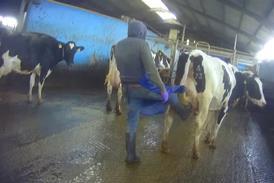



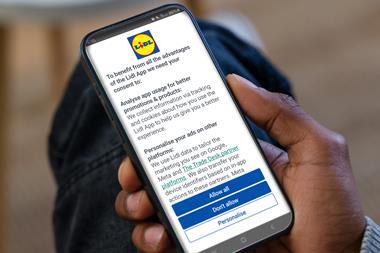
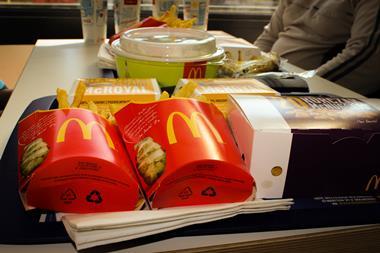





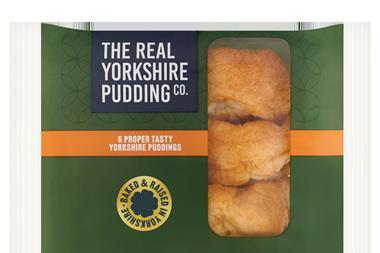
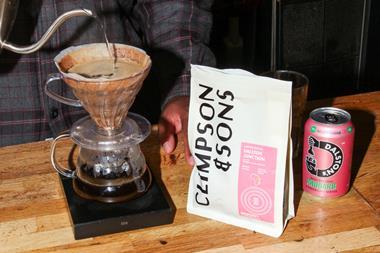

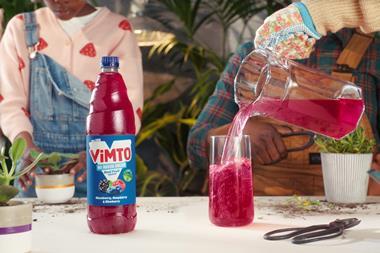

No comments yet